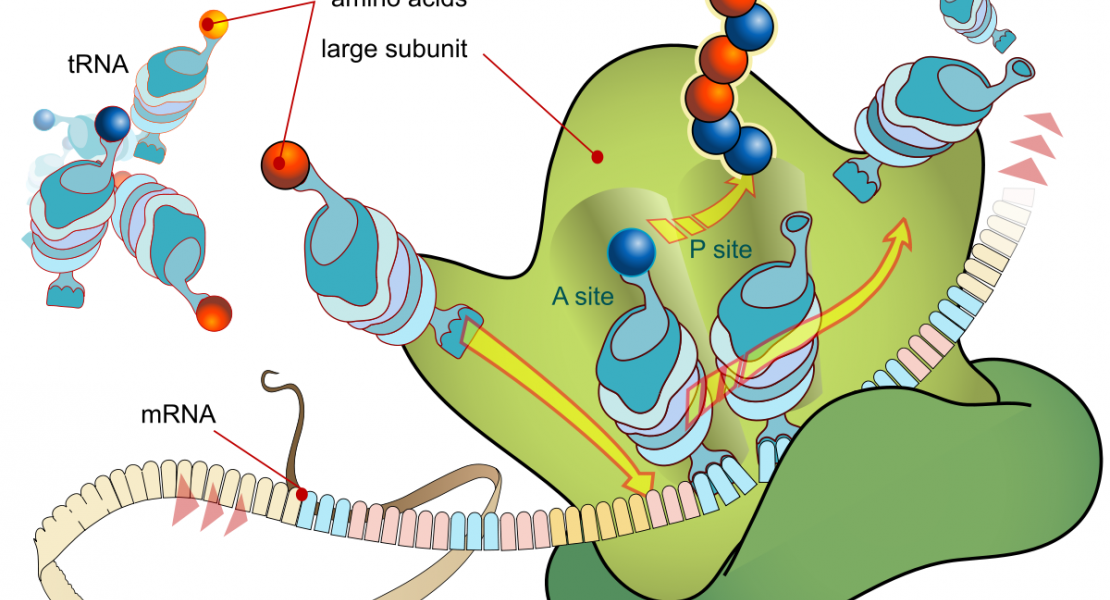Co-translation drives the assembly of mammalian nuclear multisubunit complexes

Abstract
Cells dedicate significant energy to build proteins often organized in multiprotein assemblies with tightly regulated stoichiometries. As genes encoding proteins assembling in the same multisubunit complexes are dispersed in the genome of eukaryotes, it is unclear how multisubunit complexes assemble. We show that mammalian nuclear transcription complexes (TFIID, TREX-2 and SAGA) composed of a large number of subunits but lacking precise architectural details are built cotranslationally. We demonstrate that the dimerization domains and their positions in the interacting subunits determine the co-translational assembly pathway (simultaneous or sequential). Our results indicate that protein translation and complex assembly are linked in building mammalian multisubunit complexes and suggest that co-translational assembly is a general principle in mammalian cells to avoid non-specific interactions and protein aggregation. These findings will significantly advance structural biology by defining endogenous co-translational building blocks in the architecture of multisubunit complexes.
